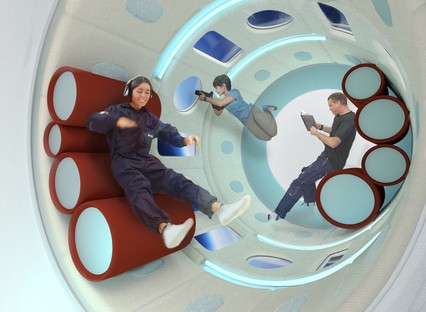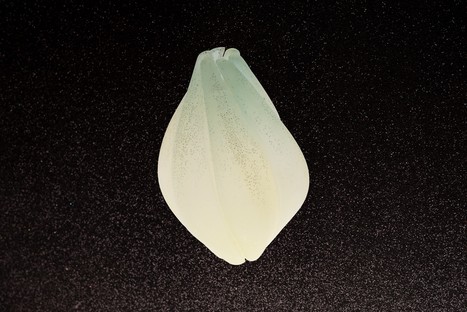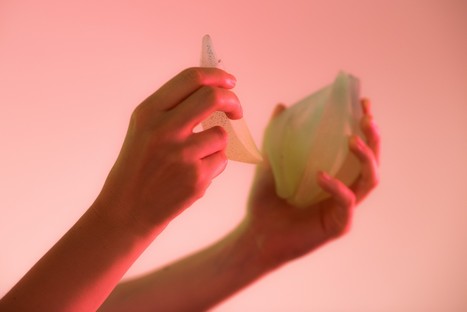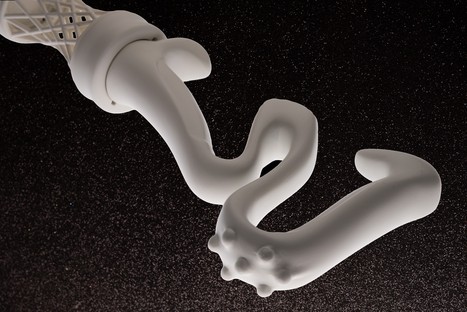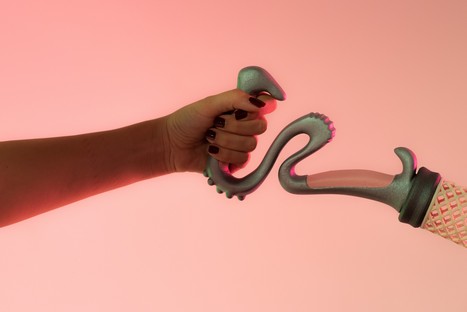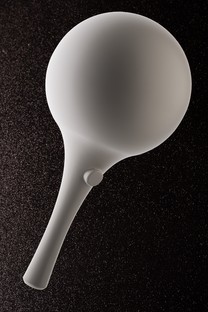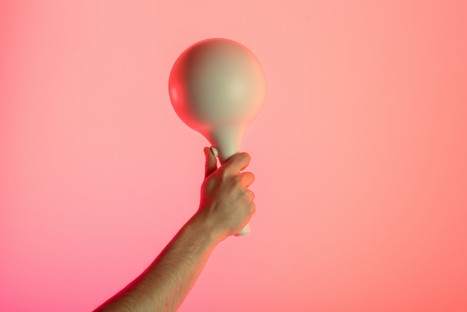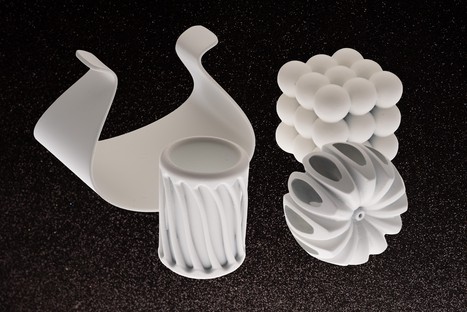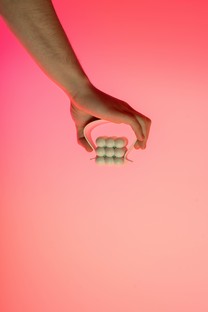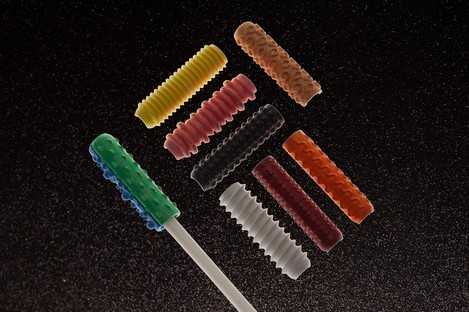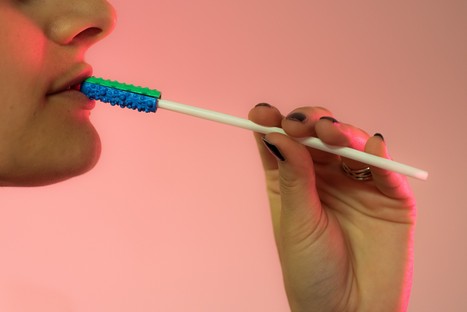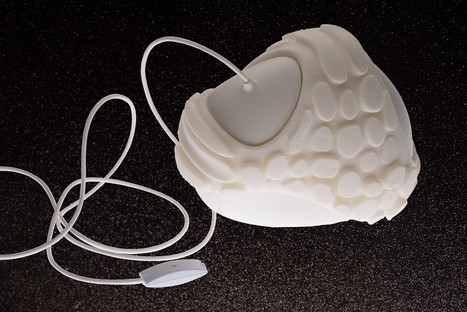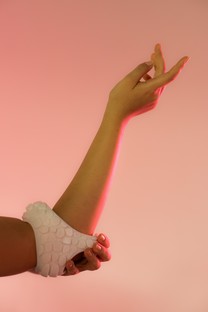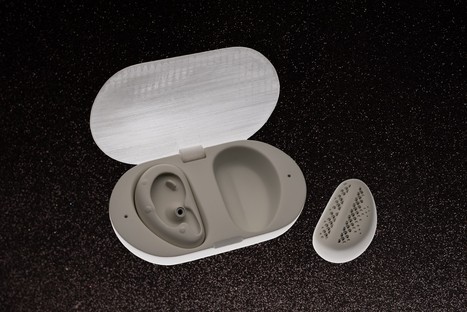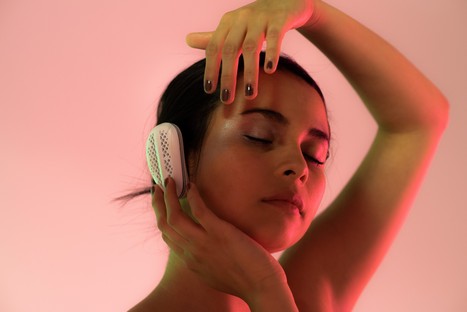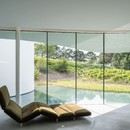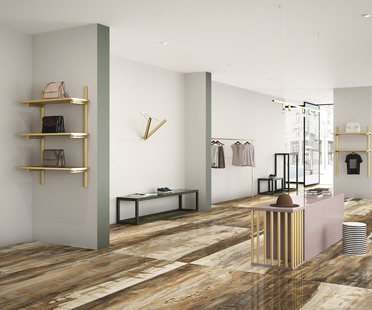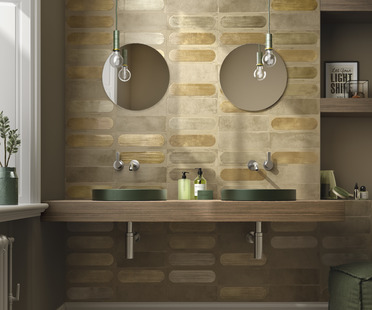06-10-2022
Annalisa Dominoni: why it’s useful (even for us earthlings) to plan for life in space
Design, Annalisa Dominoni, Antonella Galli,

Recently, I’ve found myself thinking about space and the possibility of life somewhere other than Earth on more than one occasion. Critical resource shortages, endless conflict, overcrowding, the looming threat of nuclear war, pandemics: who in their right mind wouldn’t be daydreaming about a way out? After all, mankind has done the same thing countless times since we first inhabited the planet. Today, the only way out left to us is up: space. Several international organisations are already working on it: there is a space economy, a thriving field of research, and an ongoing international experiment in the form of the International Space Station. Suffice to say that my thought is by no means unique or bizarre: life in space is becoming an increasingly real possibility. What’s more, the effects of this research on our everyday lives are substantial. “Every day, we are surrounded by products that were derived from space research or originally used by astronauts. And it’s not always obvious - more often than not, we have no idea,” explains Annalisa Dominoni - PhD, architect, designer and professor at the School of Design at the Politecnico di Milano, one of the leading experts in architecture and design for space and extreme environments - simply brimming with passion and expertise. Working together with Benedetto Quaquaro, she founded a firm in Milan - (a+b) - which oversees research projects for a variety of major international space agencies and companies.
In 2017, Dominoni and Quaquaro created the world’s first and only course in space architecture and design, backed by the European Space Agency (ESA), entitled ‘Space4InspirAction’, which they now head up at the School of Design at the Politecnico di Milano as part of the course for the international Master’s in Integrated Product Design. With their students, Dominoni and Quaquaro have developed a series of objects intended to assist with the day-to-day lives of the astronauts living on the International Space Station, which are now on display at the Milan Triennale as part of an exhibition entitled ‘Unknown Unknowns - An Introduction to Mysteries’.
“Life in space places some very interesting restrictions on a designer’s freedom: it all takes place in a confined, pressurised environment that is devoid of any of the natural stimuli that we are used to. And, above all, there is a lack of gravity - an element that conditions not only the actions outside our bodies, but the behaviours and functioning of our bodies themselves,” explains Dominoni. “As designers, it is interesting to have a chance to engage with the microgravity (at levels tending towards zero) present on the International Space Station. The human posture is very similar to how it is underwater, and all muscular and skeletal parameters change, not to mention the psychological challenges posed by life in space modules: living in a confined space, with a lack of privacy, the constant noise of machinery all around you, and the absence of sensory stimuli. It takes a vast amount of foresight and vision when designing these objects: we have to imagine how astronauts will use them, responding to laws that we are not at all used to, laws for which our bodies were not designed. Of course, we also have no opportunity to test them out for real until they are put into use”.
The exciting variety of objects on display in the exhibition includes, for example, Taste Buds: a set of instruments with different colours and textures intended to stimulate the tastebuds to combat the encephalemia brought about by the lack of gravity, causing the dilatation of the blood vessels in the brain, thus reducing sensory perceptions - including taste and smell - and as a result, the astronauts’ appetites. But also Send Sens, a twinned pair of soft robots that allow astronauts to connect with people on Earth by remotely transmitting the feeling of physical contact between them. Or Exterity, a fitness system that allows for specific physical exercises to be performed in zero gravity to stimulate the lymphatic system and promote good circulation.
The unexpected benefits of this sort of research on design for ‘earthbound’ life are many and varied, as Annalisa Dominoni illustrates: “The spacesuit for extra-vehicular missions that we designed in partnership with an Italian company involves it being attached to a drone which allows the astronaut to move around and re-enter the craft without the use of tethers. This is a solution that could equally be applied to underwater diving activities, for example. We have also looked into possible lighting scenarios that recreate the komorebi effect (the Japanese concept that describes how light filters through leaves) using lamps that follow people around by means of sensors and gyroscopes, with a view to improving astronauts’ physical and mental wellbeing in the complete absence of natural rhythms”. Studying life in confinement is interesting from many different points of view. In space modules, everything is pushed to the extreme and this forces a focus on circularity in all processes, with zero or near-zero waste being the goal. Another aspect of the research that could prove to be very useful indeed is appreciating that having finite resources at our disposal is a stimulus, not a limitation. Whether or not life in space will become a reality within our lifetimes is very difficult to say for sure. But for Annalisa Dominoni, “above and beyond fuelling the collective dream, space design also offers an unparalleled stimulus for research, one with a great impact on all our lives”. Much more than we might imagine.
Antonella Galli
Captions and credits
All images: Courtesy of Annalisa Dominoni
01 (a+b) Annalisa Dominoni, Benedetto Quaquaro: new concept for a habitable module for astronaut entertainment on the International Space Station
02 Annalisa Dominoni and Benedetto Quaquaro (a+b), photo by Marina Alessi
03 to 16
Space objects designed to allow people to live comfortably and sustainably in extra-terrestrial, low-gravity environments, created by a group of young designers as part of ‘Space4InspirAction’, a study and research project created and led by Annalisa Dominoni and Benedetto Quaquaro at the Politecnico di Milano. On display at ‘Unknown Unknowns - An Introduction to Mysteries’, the 23rd international exhibition at the Milan Triennale (until 11 December). Photo Credits: LAB Immagine
03 and 04 Pare, edible packaging containing fruit powder. Creators: S. Ashraf, J. Dluhosch, A. Fasano, M. Febbrari, G. Sciretti
05 and 06 Exerity, a fitness system designed for use in space that activates muscles, thus stimulating the lymphatic system and improving circulatory flow. Creators: C. Castiglione, A. Pezzetti, E. Rossi, F. Saffari, G. Vergani
07 and 08 Emo Space, a tool used for preparing and cooking any ingredients placed inside it. When shaken, the food is mixed together and heated up. Creators: K. Chen, K. Gao, P. Shan, Y. Hua, A. Zheng
09 and 10 Rethinking Eating: new objects and formats for tasting food and wine in space, from novel cutlery to pasta shapes that hold sauces, and even glasses that do not need to be put down. Creators: F. E. Arar, T. Kang, G. Mammoliti, B. Ozcan, G. Rubino
11 and 12 Taste Bud: A set of nine instruments with different colours and textures intended to stimulate the tastebuds to combat the encephalemia brought about by the lack of gravity, causing the dilatation of the blood vessels in the brain, thus reducing sensory perceptions. Creators: F. Barengo, J. Han, I. Oda, J. Sizhao
13 and 14 Send Sens: A twinned pair of soft robots that allow an astronaut to connect with a loved one on Earth by remotely transmitting the feeling of physical contact between them. Creators: A. Càceres, E. G. P. Camilla, D. Carlini, L. Iannello, V. Rodriguez Schon
15 and 16 Onanze: earbuds designed to be worn as jewellery to reduce the frequency of the noise on board the International Space Station. These allow the astronauts to talk to loved ones back home and can reproduce the natural sounds of the Earth. Creators: L. Arboit, L. S. H. Ayazo, M. Kerdaffrec, D. Lin, L. Hongmiao















